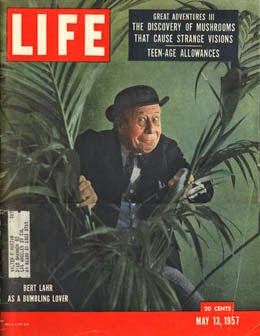So I'm going to break from the New World entheogens for this one and go to the other side of the planet, and talk about Syrian Rue. This plant is mentioned in the Koran and I kind of agree with the sentiment-
Every root, every leaf of harmel, is watched over by an angel who waits for a person to come in search of healing
 Traditionally the plant was used by the Persian and proto-Persian people and eventually islamized. From there it traveled along with Islam to many parts of the old world including India, North Africa, Spain, and eventually mainland Europe and China. Its seeds are used as incense in many ceremonies including Nouruz (new years), and Iranian/Iraqi weddings.
Traditionally the plant was used by the Persian and proto-Persian people and eventually islamized. From there it traveled along with Islam to many parts of the old world including India, North Africa, Spain, and eventually mainland Europe and China. Its seeds are used as incense in many ceremonies including Nouruz (new years), and Iranian/Iraqi weddings.I personally came across this plant in my Ayahuasca research and I'm so glad that I did. It's seeds are the perfect ingredient for an Ayahuasca brew due to the potent MAOI effect. This also augments the use of other entheogenic substances like Psylocibin, Mescaline, DMT, and even cannabis. I like to think of it as an entheogen enhancer. Lengthens trip times, makes the trips more powerful, increases positive feelings and makes bad trips less likely.

The seeds can be eaten whole or ground up and put into gel capsules or brewed into a tea. The tea is incredibly bitter, similar to black coffee. I had some luck mixing milk and sugar into mine, but I am not sure if that has any negative side effects. When ingested orally in large quantities (10g) you may activate some of the inherently psychoactive properties of the seeds. These include nausea, tracers, and heightened color sensitivity. You can also expect to vomit if you take too much.
I really love grinding the seeds in a mortar and pestal and sprinkling a little bit over a bowl. While the seeds do form a messy tar like residue when burned, the euphoric good vibes I get are worth the clean up. I started taking the seeds during a time of depression and panic disorder and have found that the syrian rue has helped heal me from that. I haven't had a panic attack since using it regularly (about 2 months), and have been very happy. Due to being an MAOI it effects seratonin levels which could be good for people with depression (WARNING! DO NOT USE IF ALREADY PRESCRIBED ANTIDEPRESSANTS). It also affects dopamine, is a natural antioxidant, and a natural anti-mutagenic.

The active ingredients of Harmala are Harmine, Harmalol and Harmaline. Harmaline is a wakefulness-promoting agent on top of the other benefits mentioned and is the main psychoactive component of the seeds. This means it promotes wakefulness and alertness and reduces tiredness, drowsiness, and the need for sleep. Oh yeah it also glows! Only under UV light... but still, how cool!
 You can purchase the seeds at many Indian or Middle Eastern markets, but if you are unable to do that you can also purchase them online, just like most of the things mentioned in this blog.
You can purchase the seeds at many Indian or Middle Eastern markets, but if you are unable to do that you can also purchase them online, just like most of the things mentioned in this blog.I like to get the 10-25x Harmala extract. Me and my roommates sometimes lovingly call it Mars Dust because of its red granulated appearance. Be careful when using the higher potency extracts! Its very easy to take too large of a dose and end up feeling very uncomfortable instead of the desired euphoric de-stressed feeling. Do not take a lot of harmala expecting to see crazy visions or have psychoactive thoughts like with other entheogens. Like I said before, this is merely a booster to other visually active substances. If you eat or smoke a lot of Harmala you'll just get sick and probably throw up.
















